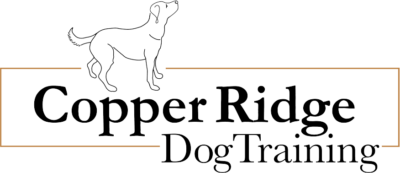Training for life.
Our training lasts for your dog’s life entire life, and we’re here to help anytime you have questions. We also offer ongoing free training opportunities with other program graduates to make sure that you have the tools you need to succeed for life.
We also focus on lifestyle training. “Training for life” means that we create the program and develop the training to meet your unique lifestyle. Whether you like hiking, coffee shop patios, or weekends at the lake, we will make sure that you and your dog are ready to take on those experiences together.
Learn a new way to communicate with your dog that will allow you to go anywhere and do anything together. For life.



